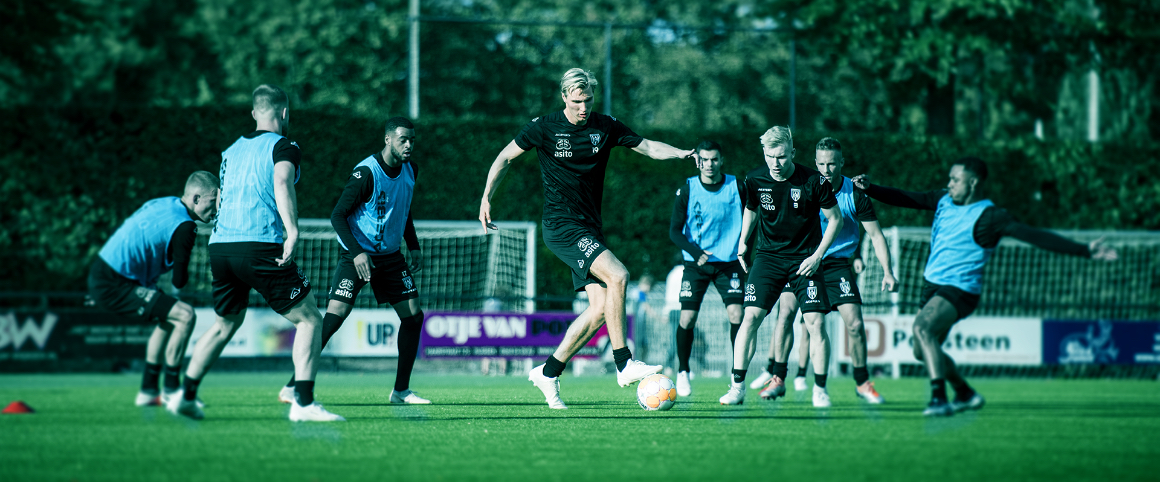The next generation of synthetic turf: the future of non-fill systems
Many sport clubs worldwide choose for synthetic turf as their ultimate playing surface. Synthetic turf proves to have a better value over lifetime, does not need watering, can withstand all climates and has many other benefits. The most important one is that it provides much more playing hours than natural grass, so it optimally uses the square meters that are available. It enables unlimited play.

In the lifetime of synthetic turf, the world has experienced multiple generations. The first generation of synthetic turf, developed in the late 1960s and early 1970s was made of nylon fibres and was very dense. When further developments in synthetic turf began to emerge in the late 1970s, the second generation was introduced, using polypropylene fibres that were longer and placed more widely apart. Sand infill was used to create sufficient firmness and stability for athletes. It created a very fast surface, making it a popular playing surface for hockey.
Scientific and technological advances led to a new type of synthetic turf in the late 90s- the third generation, also referred to as 3G. These products have longer fibres, usually made of polyethylene, which are spaced even further apart. They are filled in with infill material such as rubber or cork. This infill material makes sure the fibres stand up straight and give the playing surface multiple technical characteristics like energy absorption and restitution.
Since 2009, TenCate Grass worked closely together with sport clubs, athletes and other partners to develop the next generation of turf, which is called non-fill.. Non-fill products are developed to closely resemble natural grass in terms of player experience and looks, even more than the third generation does. The needs of the user are key in these developments.
Non-fill turf does not contain any performance infill. They have a ‘thatch layer’ consisting of a dense layer of texturized fibres at the bottom of the product that take over the technical characteristics of the surface, formerly provided by the infill material. The texturized fibres ensure the so called ‘pile fibres’ are standing up straight, they provide grip, energy absorption and restitution and the correct ball bounce.
In addition, Non-fill synthetic turf for sport solves several issues, making it the absolute best option, now and in the future;
- Non-fill products are much closer to natural turf in terms of looks and energy values; the step between natural and non-fill pitches is much smaller compared to natural and filled systems.
- No more infill splash or transportation of infill outside the field by maintenance equipment or players; therefore eliminating the intentionally added microplastics problem for sports clubs and municipalities
- Less transportation and installation handlings; no trucks of infill need to be moved towards sports clubs, so less emission
- Less maintenance requirements than a filled pitch (less brushing, no refills of infill or decompaction handlings), also resulting in less emission
- At the end of the lifetime of a pitch, there is no infill that needs to be removed, so it is easier to recycle
TenCate Grass is very aware of the fact that players need to adapt when switching from a natural grass surface to filled systems to non-filled systems. Nevertheless, the advantages of non-fill should outweigh this; it is comparable with the transition from gasoline- to electric cars. Non-fill playing surfaces give so many (environmental) advantages that TenCate Grass firmly believes in this next generation of turf and will keep putting user experiences as a base for further improvements of Non-fill for it to become a market standard.